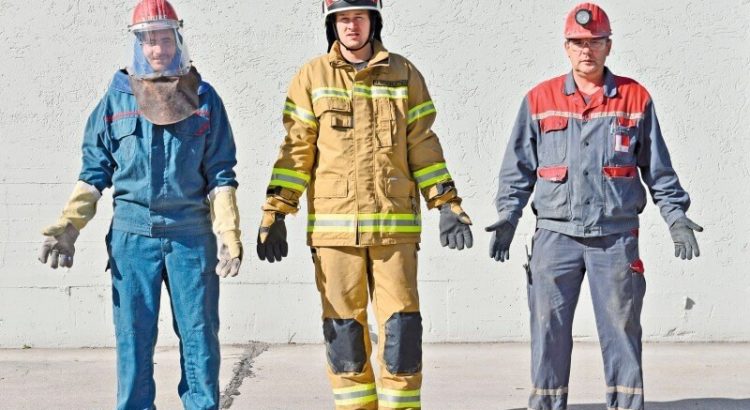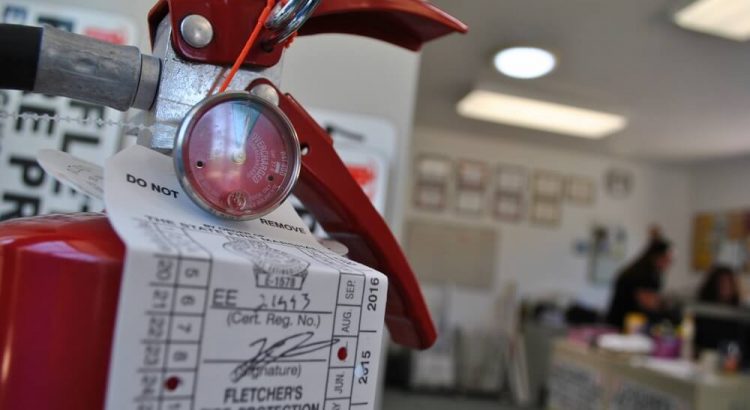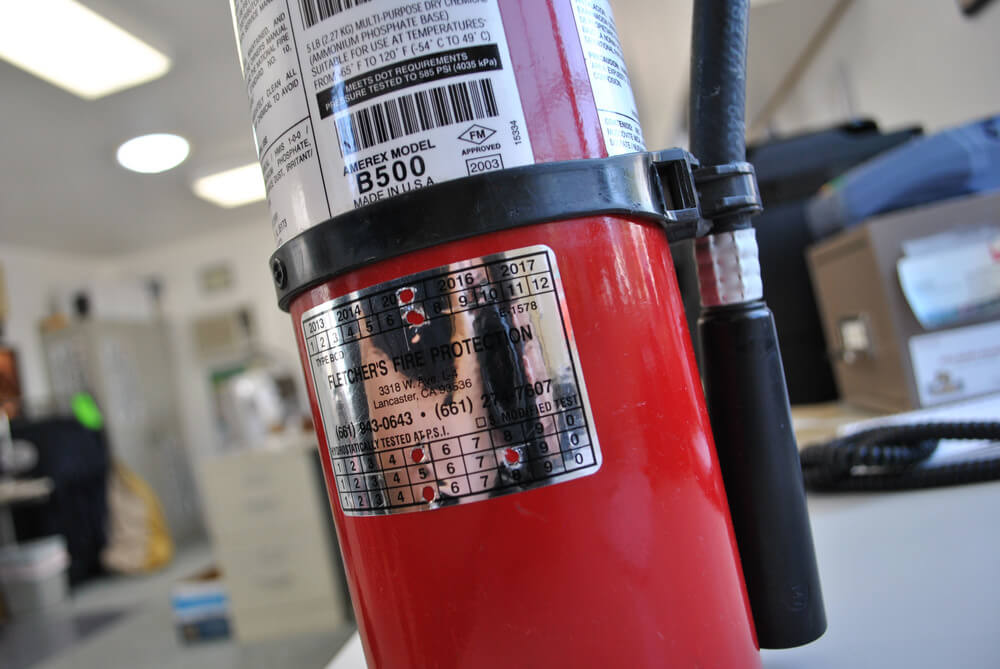We sometimes neglect safety practices because we think it takes time and effort, but the truth is; that little extra time and effort are worth it to avoid injuries at the workplace. If you are an employee in manufacturing, mining, or construction, checking your safety measures should be a priority. Neglecting safety procedures always result in unnecessary injuries or fatalities. If you are supervising a particular group of workers, you must check to ensure their safety throughout the day.
Showing safety concerns to your employees will improve their productivity and their moral well-being. Employees should keep their coworkers’ safety interests at heart. No one wants to see their friends or colleagues get hurt. As a matter of fact, we should be our brothers’ keepers whenever you see a potential risk at the workplace, switchgear, and strive to eliminate the threat at zero-day to avoid injuries and fatalities.
Here is how you can improve safety at your workplace to avoid unnecessary injuries:
Put on the right protective gear.
Depending on your work environment, wear respective gear to prevent injuries. Even when accidents occur and you have the right protective equipment, the chances of severe injuries become minimal. Or injuries that could become fatal become minor injuries.
Report unsafe conditions to your seniors
When you spot unsafe conditions, clear the situation if you can do it safely; if not, report the matter to your seniors for a proper measure to mitigate the potential dangers as soon as possible. Your seniors must spring to action as soon as you alert them. Your safety at work is their responsibility.
Handle machinery and tools properly.
Use the right gear while handling such machines or tools. Most importantly, make sure you have the right skill to operate machinery or a device. Mishandling equipment often leads to injuries or fatalities. Use each tool for the job intended for and make no mistakes when handling machinery.
Prevent slips/trips
It is the most prevalent cause of occupational injuries. Ensure all the time spills are cleaned as soon as they happen to prevent employees from walking around from slipping. While walking on staircases, walk diligently at your own pace to avoid slip over. If you are working on damaged floors, request immediate repairs from the supervisors. On slippery flooring tiles, install anti-slip flooring options.
Keep emergency gates clear.
If your workplace is an enclosed environment, keep emergency exit doors clear so that people can escape faster without causing a stampede in case of an emergency—store machinery and trade tools in designated areas to avoid clutter in the emergency exit.
Eliminate fire hazards
If you work with combustible tools, keep the amount you need for the task and store the rest at the safe storage areas. When you do not use a flammable material, there is no need to keep them nearby; keep them far away from any ignition sources to prevent emergency fire outbreaks. Dispose of well the flammable chemicals that could cause harm to the environment. Most importantly, put on anti-flame clothing when handling explosive tools and substances.
Prevent falling objects
Falling objects are the potential candidates for causing fatalities at the workplace. Protections such as safety nets, toe boards will cut down injuries inflicted by falling objects. While stacking items, place the heavy ones at the bottom while the lighter ones remain on top for obvious reasons.
Buying work safety wear in bulk will prove to be cheaper. List down all types of safety clothing and equipment that you need and order them together to get a discount.



